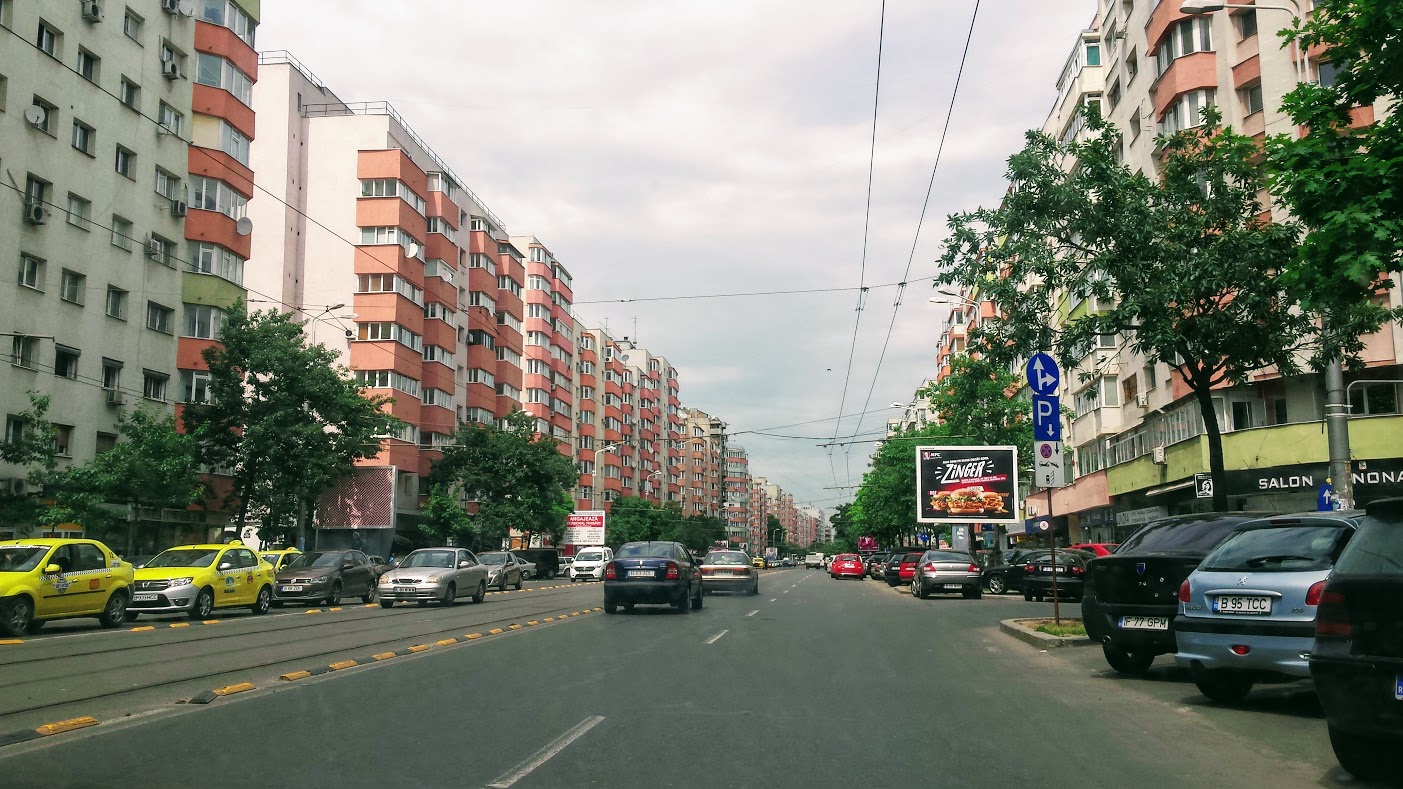Moșilor on:
[Wikipedia]
[Google]
[Amazon]
 Moșilor (literally, ''Elders'') is a residential quarter in
Moșilor (literally, ''Elders'') is a residential quarter in
 Moșilor (literally, ''Elders'') is a residential quarter in
Moșilor (literally, ''Elders'') is a residential quarter in Bucharest
Bucharest ( , ; ro, București ) is the capital and largest city of Romania, as well as its cultural, industrial, and financial centre. It is located in the southeast of the country, on the banks of the Dâmbovița River, less than north of ...
's Sector 2
Sector 2 ( ro, Sectorul 2) is an administrative unit of Bucharest.
Demographics
Sector 2 is the city's most multicultural sector. In particular, it contains Romania's largest community of Chinese people, who mainly live in the districts of C ...
. It houses the Foișorul de Foc
Foișorul de Foc (literally ''The Fire Tower'') is a high building in Bucharest, Romania, between Obor, Calea Moșilor, and Nerva-Traian. It was used in the past as an observation tower by the firemen.
It was built in 1890, two years after the p ...
and Silvestru Church. Its name derives from the main avenue Calea Moșilor
Calea Moșilor (, ''Moșilor Avenue'') is both a historic street and a major road in Bucharest, Romania. It runs from the back of the Cocor Shopping Mall (near Piața Unirii) to Obor.
The street is divided into two distinct parts. East of the in ...
which in turn is named after a well-known fair held in Obor
Obor is the name of a square and the surrounding district of Bucharest, the capital of Romania. There is also a Bucharest Metro station (on the M1 line) named Obor, which lies in this area. The district is near the Colentina and Moșilor ne ...
square ( Târgul Moșilor) from the 18th century up to the 1950s. The Moșilor quarter is serviced by tram lines 14, 16 and 21, and the M1 Line through Obor metro station
Obor is a metro station in Bucharest, located next to one of the largest open-air markets in Bucharest, Obor. The station was closed for over 10 months, until May 25, 2008, for refurbishment and in order to facilitate the building of a new overgr ...
.
Districts of Bucharest
{{romania-geo-stub